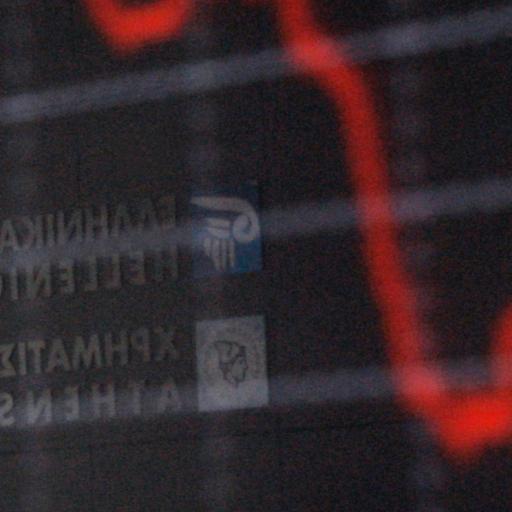Efficient Market Hypothesis (EMH) relies on the efficient exploitation of information by economic actors. EMH is also referred as Informational Efficiency (Hallwood & MacDonald, 1994). For example, an asset market is efficient if the asset price fully reflects all available information. EMH requires that market agents have rational expectations and there are no transaction costs that avert them from buying and selling assets. Fama (1984) states that a foreign exchange market is efficient if fully reflects all available information. A weaker-form, presented by Jensen (1978), states that an efficient market reflects information up to the point where the marginal benefit of information does not exceed the marginal cost of collecting it. Foreign Exchange Efficiency Hypothesis is also called as Forward Rate Unbiasedness Hypothesis (hereafter, FRUH), because in an efficient market the forward rate should be unbiased (or good) predictor of the future spot rate.
All the above statements imply numerous test procedures for examining the efficiency hypothesis. The majority of the empirical studies apply conventional OLS and univariate as well as multivariate cointegration techniques to test FRUH. A seminal study is that of Fama (1984), which examines efficiency in nine exchange rates (nine currencies against US dollar), using monthly data from 1973:8 to 1982:12. OLS estimation shows that the market efficiency hypothesis is not accepted because of a time-varying risk premium. Similarly, Naka & Whitney (1995) test the efficiency hypothesis of seven exchange rates (against US dollar) from 1974:1 to 1991:4 (monthly observations). OLS estimation rejects the FRUH. In contrast, they manage to accept this hypothesis through Non-Linear Least Squares estimation. Hakio (1981) examines five exchange rates against US dollar from 1973:4 to 1977:5. In all cases, the unbiasedness hypothesis cannot be accepted. Taylor (1989) examines the US dollar/UK pound exchange rate from January 1981 to July 1985. He finds statistically significant risk premium, so there is evidence of risk-averse behavior. He also tests the rationality of expectations but, he cannot accept the hypothesis that expectations are not rational. Therefore, risk aversion rather than non- normality causes the rejection of the efficiency hypothesis.
1
Zivot (2000) tests the foreign exchange market efficiency for the British pound, Japanese Yen, Canadian dollar against US dollar from 1976:1 to 1996:6 (monthly observations). He compares cointegration models between the forward rate with the current spot rate and the forward rate with the future spot rate. He finds that cointegration analysis in the first case, estimating a VECM, strongly rejects the efficiency hypothesis in all exchange rates. Hakkio & Rush (1989) examine the efficiency hypothesis for the UK pound and the Deutsche mark from 1975:1 to 1986:10 (monthly observations). They find that spot and forward rates, within a country, are cointegrated, which is consistent with efficiency. But, the estimation of the error correction model rejects the hypotheses of no risk premium and efficient use of the available information by the agents. These findings reject the foreign exchange market efficiency hypothesis. A multivariate cointegration analysis in an international framework, performed by Baillie & Bollerslev (1989), shows that spot rates are cointegrated. This finding is interpreted by the authors as a violation of the efficiency hypothesis because the disequilibrium error can predict the future change in the spot rate. Other studies in that field, providing mixed implications about market efficiency, are those of Sephton & Larsen (1991); Corbae et. al. (1992) and Dutt (1994).
Although the FRUH is appropriate for testing FOREX efficiency between developed markets, this is not suitable when developing counties is the case. These countries do not have well-developed and independent from the government financial systems. Therefore, forward rates may be highly regulated and as a consequence inappropriate for deriving any inferences about foreign exchange efficiency. In some cases, forward markets are totally absent and the forward rates are unavailable. Aron (1997) proposes a test of foreign exchange efficiency by regressing the long run relationship of the spot rate with a vector of fundamentals. Although, Wickremasinghe (2004) applies a cointegration test in the case of a developing country, we cannot adopt this methodology3. Hodrick (1987); Baffes (1994); Engel (1996) and others emphasize the invalid properties of this test. As a consequence, the empirical tool for testing this hypothesis in developing markets is still missing.
This paper proposes an alternative way of testing Foreign Exchange Market Efficiency Hypothesis for Developing Countries. This methodology is based on the Behavioral Equilibrium Exchange Rate (Clark & MacDonald, 1998). The FOREX market will be efficient if fully reflects all available information. If this holds, the actual exchange rate will not deviate significantly from its equilibrium rate. The proposed methodology concentrates on the statistical properties of the misalignment rate. Considering a Logistic Smooth Transition Autoregressive (LSTAR) model we test whether a nonlinear STAR model or a linear autoregressive model should be estimated. This test is applied to three Central & Eastern European Countries – members of the EU. In each case, we examine exchange rates per EURO to find whether these rates imply efficient foreign exchange markets. The contribution of this paper is twofold. Firstly, we find whether those countries’ currencies are misaligned against EURO. This is an important information regarding their perspective membership of EMU. Secondly, this paper provides an appropriate framework of examining FOREX efficiency when a developing country is the case. To our knowledge of literature, this is the first time the concept of equilibrium exchange rate (BEER) is applied to characterize a foreign exchange market as efficient or inefficient.







